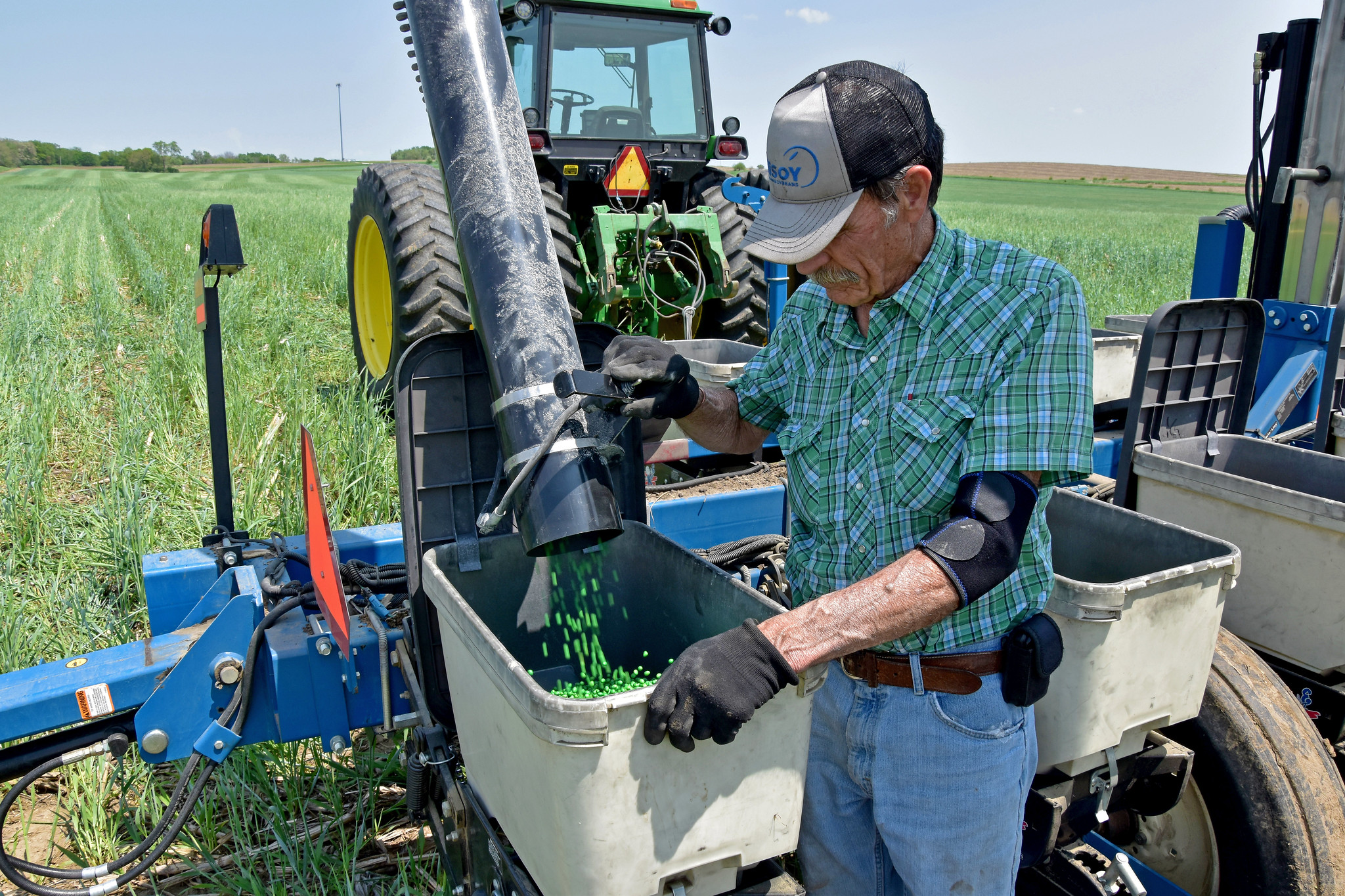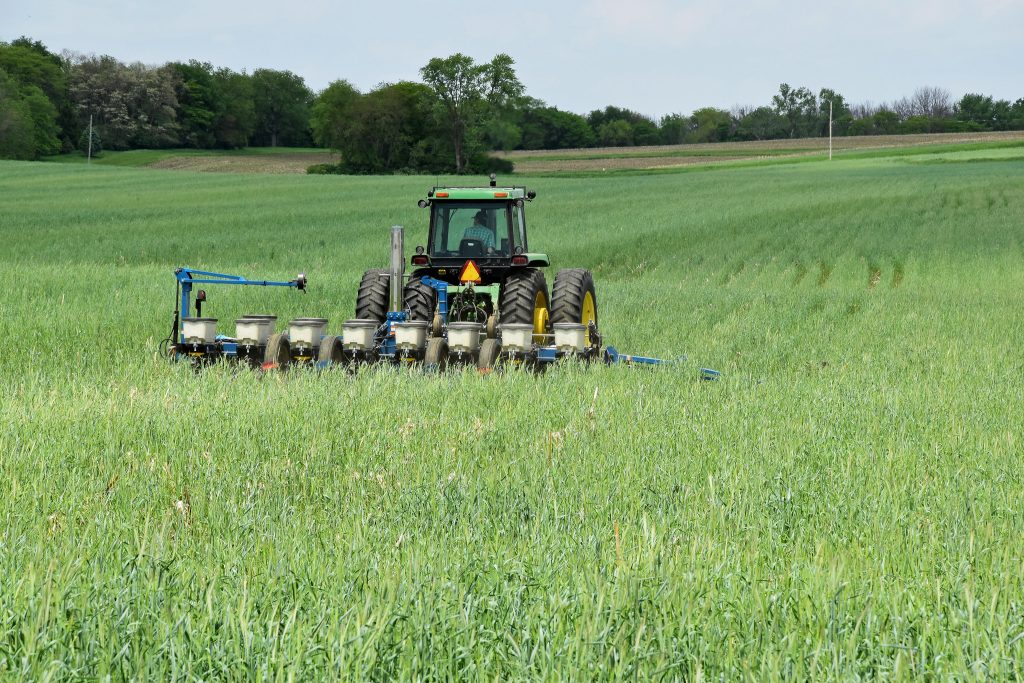Cover crop fact sheets explain options available to Iowa farmers

Learn the many options available when considering which cover crops to plant
Iowa State University Extension and Outreach and the United States Department of Agriculture’s Natural Resources Conservation Service are collaborating on a series of cover crop fact sheets for Iowa farmers interested in adopting the practice or trying new cover crops to achieve specific goals on their operation.
Thousands of Iowa farmers plant cover crops annually to help reduce soil erosion, increase soil organic matter, suppress weeds, minimize soil compaction, scavenge excess nutrients or provide supplemental livestock grazing. A large percentage of Iowa farmers use cereal rye, oats, wheat, radishes and turnips. However, there are many other cover crop options available.

The collection of fact sheets includes legumes like hairy vetch and cowpeas, broadleaves like flax and buckwheat, grasses such as millets and triticale, and brassicas like camelina and rapeseed.
“We feel these fact sheets are a good introduction to cover crops for producers who haven’t tried them yet,” said Mark Licht, associate professor and cropping systems specialist with ISU Extension and Outreach. “There are also species that a more seasoned cover crop user might be interested in learning more about.”
More than 25 fact sheets are currently available on the Iowa NRCS website, with 33 fact sheets expected by the end of August and the potential to add additional species as interest develops. Each fact sheet includes sections on identifying features, cultural traits, planting information and performance ratings, and pictures that highlight various features and growth patterns.
“The collaboration between ISU Extension and Outreach and NRCS on the fact sheets is important,” said Iowa NRCS state soil health specialist Hillary Olson. “We are on the same page in the belief that all Iowa crop producers can find a way to make cover crops work on their farms. We feel these fact sheets will be a valuable learning tool for producers.”
PHOTO: A farmer pours soybean seed into his planter prior to no-till planting into cereal rye. (Photo courtesy of Jason Johnson/Iowa NRCS)



